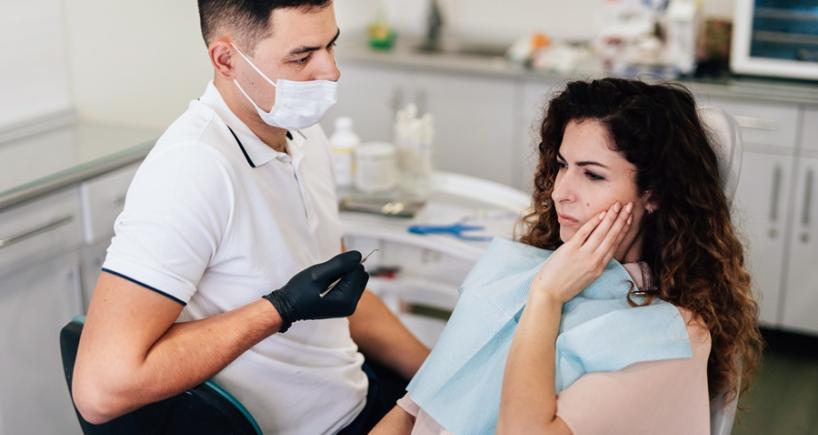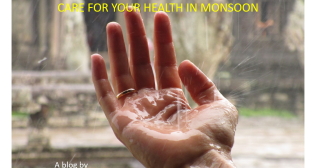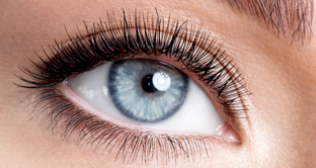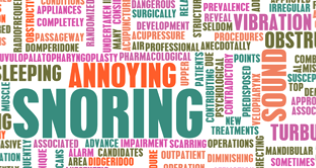
Causes And Treatment of Bilateral Maxillary Sinusitis
Introduction
Maxillary sinusitis is a common condition that can cause significant pain and discomfort. This inflammation of the maxillary sinuses can lead to various symptoms, including facial pain, nasal congestion, and headaches. While it is typically found in just one side of the face, there are cases where both sides are affected simultaneously, known as bilateral maxillary sinusitis. It is important to identify and treat this condition to avoid long-term complications and facial disfigurement.
Anatomy and Development of the Maxillary Sinus
- The maxillary sinus, also called the antrum highmorianum, is an important component of the paranasal sinus system contributing to respiratory function, facial structure, and overall health. It is situated within the maxillary bone of the facial skeleton and is the largest of the paranasal sinuses, typically pyramidal in shape.
- The sinus develops from birth until around the age of 14 years through a process called “pneumonization,” where air spaces within the sinus expand. Small blood vessels and veins from the facial region actively support the blood circulation to the maxillary sinus, along with the flow of lymphatic fluid into the submandibular cluster of lymph nodes situated in the neck.
Causes of Bilateral Maxillary Sinusitis
- Inflammation and Infection: Viral or bacterial infections are common triggers, leading to acute or chronic sinusitis. These infections may originate from the upper respiratory tract, dental issues, or environmental allergens.
- Anatomic Abnormalities: Structural issues within the nasal and sinus cavities, like a deviated septum or nasal polyps, can obstruct proper drainage from the maxillary sinus, predisposing individuals to sinus issues.
- Dental Pathologies: Dental infections, untreated cavities, or dental procedures such as sinus lifts can spread to the maxillary sinus, causing inflammation and infection, known as odontogenic sinusitis.
- Trauma: Facial trauma, including fractures of the maxilla or orbital floor, can directly affect the maxillary sinus, leading to symptoms like pain, swelling, and impaired sinus function.
- Allergies: Allergic reactions to environmental factors can trigger inflammation within the sinus cavities, exacerbating existing sinus conditions or leading to sinusitis.
Diagnosis
Diagnosing bilateral maxillary sinusitis typically involves cone-beam computed tomography (CBCT) or computed tomography (CT) scans. They:
- Provide detailed views of the sinus cavities
- Help identify sinus inflammation
- Examine structural abnormalities
- Determine the sources of infection
Additionally, a transillumination test may be conducted to detect abnormalities or fluid accumulation in the maxillary sinus.
Treatment
Treatment strategies for bilateral maxillary sinusitis aim to alleviate symptoms, resolve infection, and promote sinus drainage.
- Antibiotics: Antibiotics are prescribed to eradicate infectious agents in cases of suspected or confirmed bacterial infection. Completing the prescribed course of antibiotics as prescribed is essential for effective treatment.
- Nasal Decongestants: Over-the-counter or prescription nasal decongestants help alleviate nasal congestion and facilitate drainage from the maxillary sinuses, relieving symptoms.
- Steam Inhalation: Inhaling steam from hot water helps moisten the nasal passages, reduce congestion, and promote sinus drainage, relieving sinusitis symptoms.
- Analgesic Medications: Pain relievers, such as acetaminophen or ibuprofen, may be recommended to alleviate facial pain and headaches associated with sinusitis, improving the patient’s comfort during treatment.
- Surgical Management: In cases where conservative treatments fail to resolve bilateral maxillary sinusitis or when structural abnormalities are identified, surgical intervention may be necessary.
Procedures like maxillary antrostomy or the Caldwell-Luc procedure may be performed to enlarge the sinus opening, promote drainage, and alleviate symptoms. Innovative techniques, such as balloon dilatation, may also be considered to improve ventilation and drainage, although further research is needed to establish their long-term efficacy.
Conclusion
Bilateral maxillary sinusitis poses a unique challenge due to its rarity and potential for delayed recognition. Timely diagnosis and appropriate management are essential for relieving symptoms and preventing complications. Individuals experiencing persistent facial pain, nasal congestion, or other symptoms suggestive of sinusitis should seek evaluation and treatment from a healthcare professional to ensure optimal outcomes and prevent long-term complications.
Popular Searches :
Hospitals: Cancer Hospital in Delhi | Best Heart Hospital in Delhi | Hospital in Amritsar | Hospital in Ludhiana | Hospitals in Mohali | Hospital in Faridabad | Hospitals in Gurgaon | Best Hospital in Jaipur | Hospitals in Greater Noida | Hospitals in Noida | Best Kidney Hospital in Kolkata | Best Hospital in Kolkata | Hospitals in Rajajinagar Bangalore | Hospitals in Richmond Road Bangalore | Hospitals in Nagarbhavi Bangalore | Hospital in Kalyan West | Hospitals in Mulund | Best Hospital in India | Gastroenterologist in Jaipur | Cardiology Hospital in India
Doctors: Dr. Rana Patir | Dr. Rajesh Benny | Dr. Rahul Bhargava | Dr. Jayant Arora | Dr. Anoop Misra | Dr. Manu Tiwari | Dr. Praveer Agarwal | Dr. Arup Ratan Dutta | Dr. Meenakshi Ahuja | Dr. Anoop Jhurani | Dr. Shivaji Basu | Dr. Subhash Jangid | Dr. Atul Mathur | Dr. Gurinder Bedi | Dr. Monika Wadhawan | Dr. Debasis Datta | Dr. Shrinivas Narayan | Dr. Praveen Gupta | Dr. Nitin Jha | Dr. Raghu Nagaraj | Dr. Ashok Seth | Dr. Sandeep Vaishya | Dr. Atul Mishra | Dr. Z S Meharwal | Dr. Ajay Bhalla | Dr. Atul Kumar Mittal | Dr. Arvind Kumar Khurana | Dr. Narayan Hulse | Dr. Samir Parikh | Dr. Amit Javed | Dr. Narayan Banerjee | Dr. Bimlesh Dhar Pandey | Dr. Arghya Chattopadhyay | Dr. G.R. Vijay Kumar | Dr Ashok Gupta | Dr. Gourdas Choudhuri | Dr. Sushrut Singh | Dr. N.C. Krishnamani | Dr. Atampreet Singh | Dr. Vivek Jawali | Dr. Sanjeev Gulati | Dr. Amite Pankaj Aggarwal | Dr. Ajay Kaul | Dr. Sunita Varma | Dr. Manoj Kumar Goel | Dr. R Muralidharan | Dr. Sushmita Roychowdhury | Dr. T.S. MAHANT | Dr. UDIPTA RAY | Dr. Aparna Jaswal | Dr. Ravul Jindal | Dr. Savyasachi Saxena | Dr. Ajay Kumar Kriplani | Dr. Nitesh Rohatgi | Dr. Anupam Jindal |
Specialities: Heart Lung Transplant | Orthopedic | Cardiology Interventional | Obstetrics & Gynaecology | Onco Radiation | Neurosurgery |



















